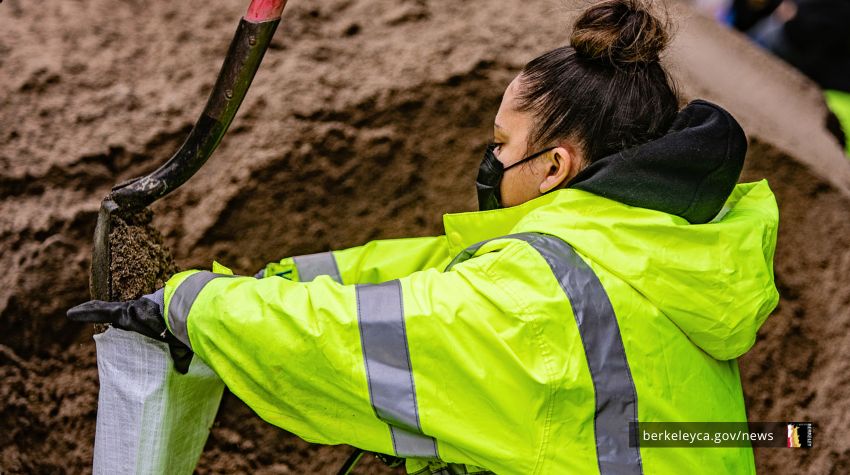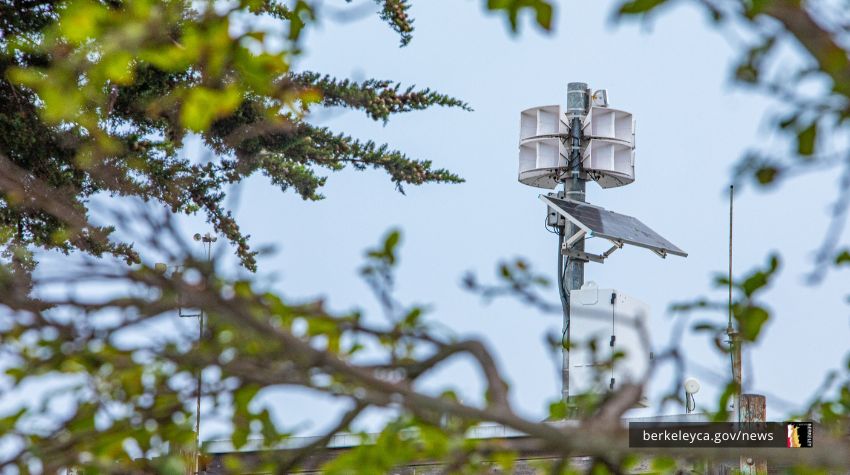Disaster Supply Caches for Neighborhood Groups
Prepare your household and community for catastrophic events by taking advantage of the Community Emergency Supply Program.
The Community Emergency Supply Program is currently on hold. Our webpages will be updated as we are able to resume programs. We encourage you to continue preparing for disaster with your household.
The Community Emergency Supply Program awards caches of emergency equipment and a storage container to a limited number of qualifying neighborhoods each year.
Community organizations can receive a disaster supply cache and training through the Community Resilience Center program.
In a catastrophic earthquake, every household, family, apartment tenant, neighborhood, and community group should be prepared to survive for five to seven days on their own until government services and utilities can be restored. Caches provided through this program are designed to support community members in using their CERT training during this critical post-disaster period when government services may not be available.
However, preparedness is not achieved through training and equipment alone. This program's primary aim is to encourage community connection around disaster readiness by providing a minimum goal that neighbors can work together to achieve.
Using the baseline level of readiness described in the program, many Berkeley residents are already gathering their own supplies and equipment, attending the CERT trainings, and meeting regularly.
How to qualify for a free emergency supply cache
When the program resumes, to qualify, your group must have:
- Been organized for at least three years, or demonstrate group organization and sustainability; and
- Satisfied at least six of the nine steps of becoming a disaster resistant neighborhood (see “How to become a disaster-resistant neighborhood group”); and
- At least eight people trained and formed into teams for Disaster Medical Operations, Fire Safety, and Light Search and Rescue.
How to become a disaster-resistant neighborhood group
Groups define their own boundaries. It can be homes on one or more blocks, an apartment building, or homes close enough that people get to know one another and feel comfortable sharing basic information.
Follow these steps to help your group become disaster-resistant:
- Set a regular meeting date, time, and place.
- Identify at least one group coordinator.
- Develop a Group Communication Plan.
- Develop Response Teams with Team Leaders and take City-provided CERT classes.
- Identify an assembly point.
- Conduct hazard assessment tour of your group’s buildings.
- Identify gas, electric, and water shutoff valves for your group’s buildings.
- Identify special needs among your group members.
- Check that materials and supplies are stored.
A group of just 10 people can provide key leadership to improve their neighborhood’s disaster readiness.
News



